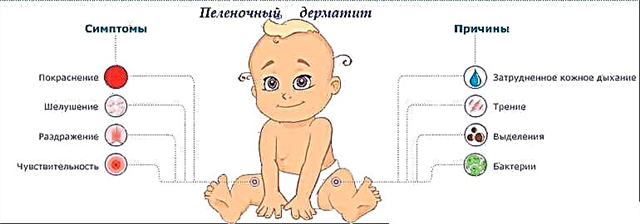
Platelets are blood cells in the form of rounded plates that do not have nuclei. Both an increase in their number in the bloodstream and a reduced number of platelets are dangerous for the health of the child. For this reason, parents should know what these blood cells are, how many should be normal, and why the platelet count can change.

What are they needed for?
These blood cells play an important role in the blood coagulation system.
Thanks to them, if the blood vessels are damaged, the bleeding stops, and the damage site itself is closed with a thrombus. In addition, on their surface, platelets carry various biologically active compounds, immune complexes, and clotting factors.
Platelets are formed in the red bone marrow, and after entering the bloodstream, their life span ranges from two to ten days, after which the platelets are transferred to the spleen, where they are destroyed. At this time, new cells continuously enter the bloodstream. Thus, platelets are constantly renewed, and their total number remains approximately at the same level.

How is platelet count determined?
The platelet count is assessed by a clinical blood test. All doctors call this study the most important in childhood. To conduct it, blood from a child can be taken from a finger, as well as from a vein. For the smallest children, blood sampling can be performed from the heel. Platelets are counted in a liter of blood, denoting them in the analysis form at 109/ l.
A blood test can be prescribed to a child on a routine basis, even if he does not have any complaints.
An unscheduled direction for analysis is given to children who have bleeding gums, episodes of bleeding from the nose, bleeding that does not stop for a long time after a cut, frequent bruising, complaints of fatigue, pain in the limbs and other ailments.
Also, platelets must be checked for anemia, an enlarged spleen, leukemia, viral infections, systemic and other diseases that can provoke a change in the number of these blood cells.

What affects their number?
The number of platelets depends on:
- Child's age. Newborns have more of them than infants older than a month and older children.
- The presence of diseases as well as taking medications.
- Physical activity. For some time after it, the number of platelets becomes higher.
- Baby food. There are foods that can thin the blood, and some foods stimulate the formation of blood cells.
- The time of day as well as the time of year. During the day, fluctuations in the number of platelets are observed within 10%.
In order for the result of the blood test to be reliable, and the number of platelets in the analysis form correspond to the real number of cells in the blood, it is important to follow these recommendations:
- The child should not eat food before blood collection. If a blood sample is taken from a baby, the interval between feeding and manipulation should be 2 hours.
- Before the analysis, the child should not have any emotional or physical stress. It is also important to choose the right clothes for your child to avoid hypothermia. It is also not recommended to donate blood immediately after the child has entered the clinic from the street. Let him rest for 10-15 minutes in the hallway and calm down.
- If the child is already undergoing any treatment, be sure to inform the doctor before donating blood that you are taking medications, as they may affect the overall picture.

Table by age
The platelet count in children is represented by the following indicators:
Why the level of platelets in the blood may decrease, see the next video.
How platelet counts may change
If a child is found to have an increase in the number of platelets by 20-30 x 109 / l and higher, this is called thrombocytosis.
With a decrease in the number of such blood cells less than 100 x 109 / l, thrombocytopenia.
The basic facts about the increased and decreased number of platelets in the child's blood are presented in the table:
For more information on the clinical analysis of blood, see the program of Dr. Komarovsky.



